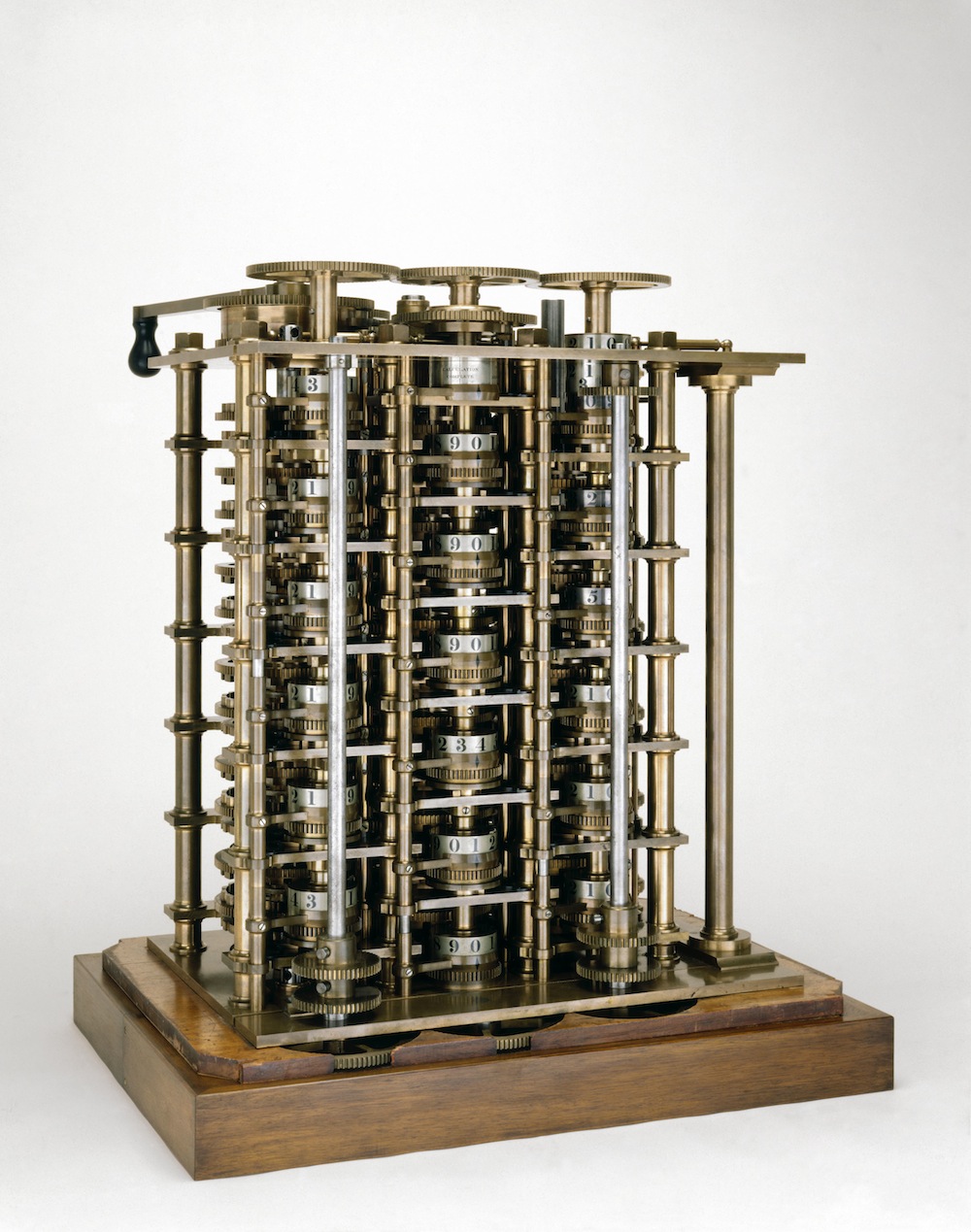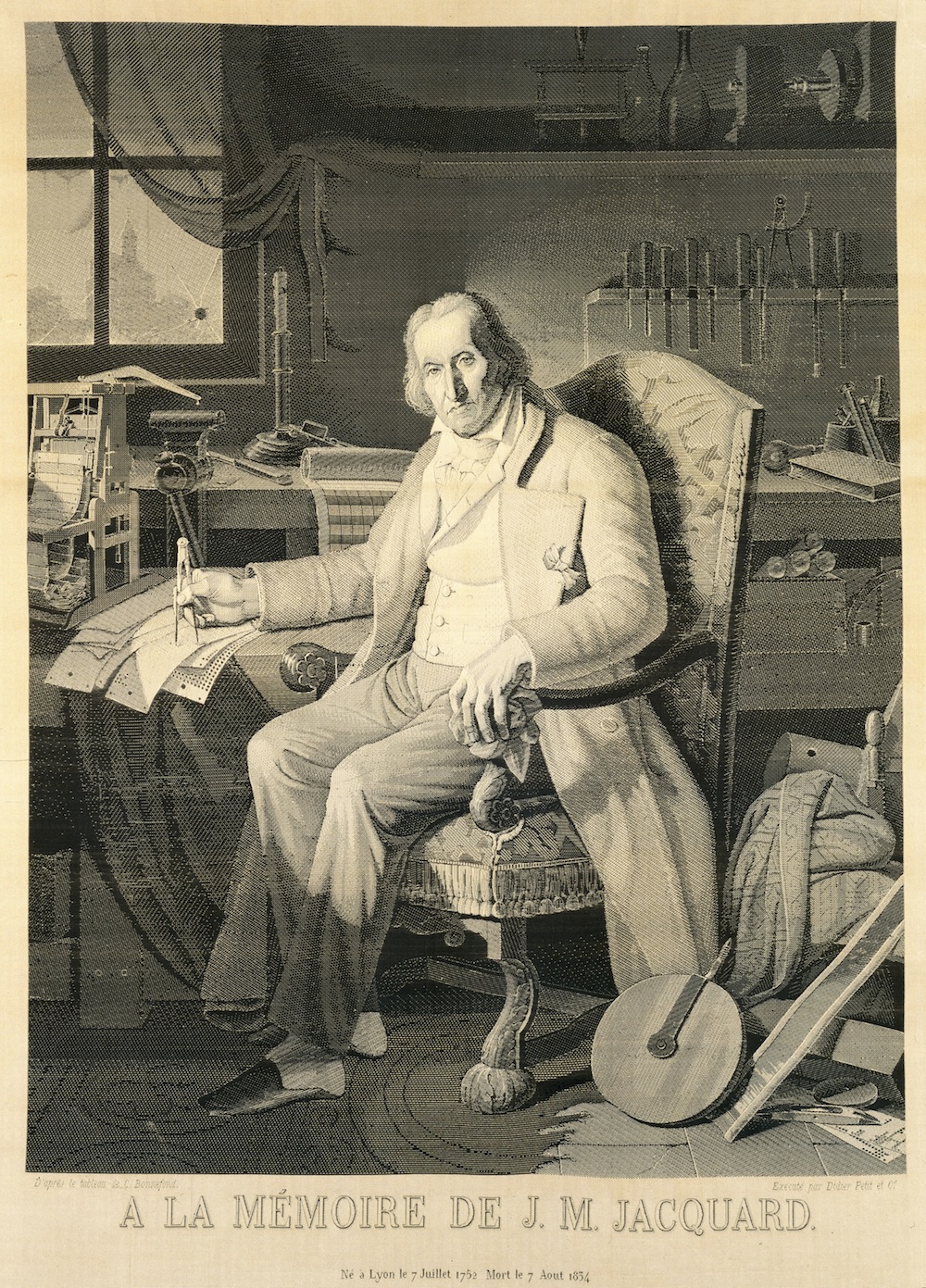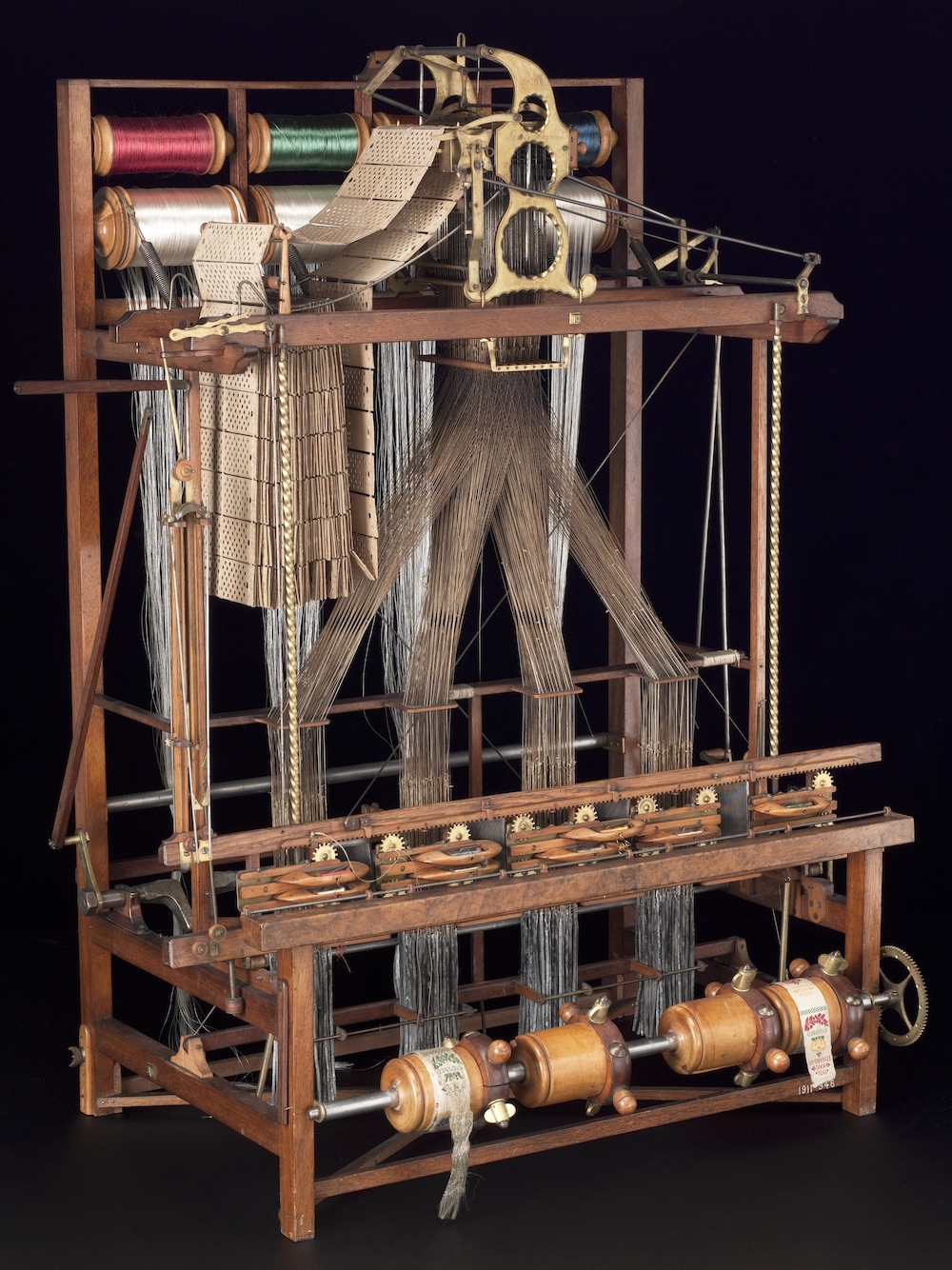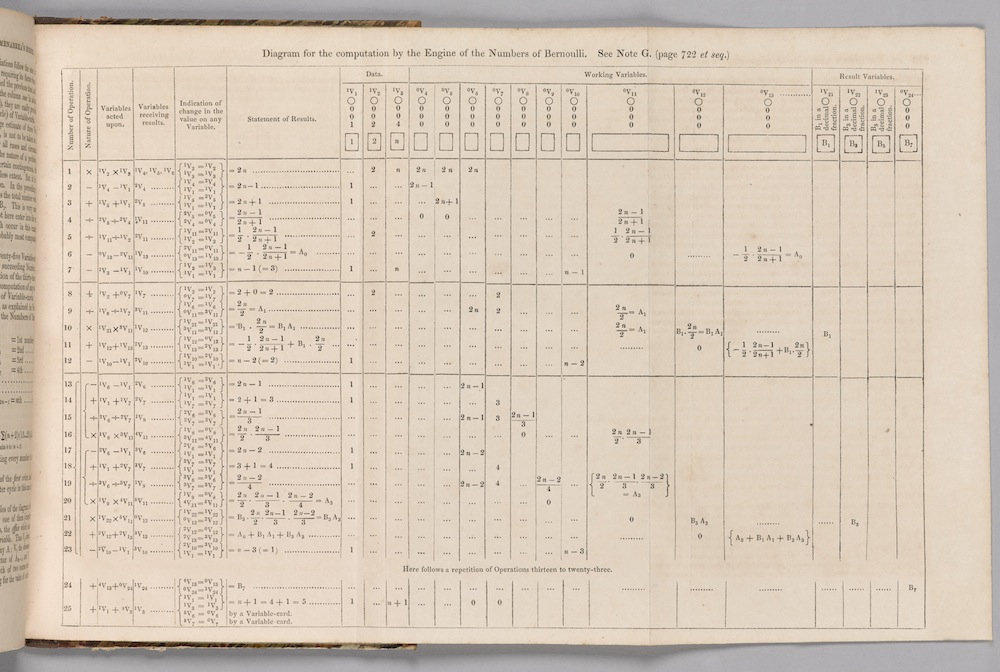In Photos: Ada Lovelace Exhibit at London's Science Museum
A new exhibit at London's Science Museum explores the work of Ada Lovelace, a Victorian-era intellectual and mathematician whose complex algorithms and prophetic theories about machines laid the groundwork for modern day computer programming. The exhibit opens today (Oct. 13) and features the machines and the math that defined Lovelace's many achievements. [Read full story about the Ada Lovelace exhibit]
Portrait of a lady
Ada Lovelace, daughter of the famous poet Lord Byron, was born Augusta Ada Byron in 1815. In 1835, she married and became Augusta Ada King. When her husband was made Earl of Lovelace in 1838, Ada became the Countess of Lovelace. From that point on, she used the name she is known by today: Ada Lovelace. (Credit: Science Museum/SSPL)
Calculating machine
The Difference Engine was mathematician and inventor Charles Babbage's first planned calculating machine. Babbage envisaged that the machine would be able to calculate complicated mathematical tables. The machine was never completed, but Babbage did build this segment to demonstrate what the machine could do. In 1833, Lovelace (then 17 years old) saw this segment at Babbage's home. (Credit: Science Museum/SSPL)
Woven portrait
By the early 19th century, many weaving looms used punched cards to control and determine the woven pattern. Joseph-Marie Jacquard (pictured here), a French weaver and merchant, developed the mechanical Jacquard loom, which was controlled by a "chain" of punched cards in sequence. The cards allowed for an infinite number of patterns. This portrait of Jacquard was woven on a Jacquard loom using thousands of punched cards. (Credit: Science Museum/SSPL)
Get the world’s most fascinating discoveries delivered straight to your inbox.
Jacquard loom
A model of a ribbon loom that uses Jacquard principles. The model was designed and made by James Heywood in 1870. In 1834, Lovelace and her mother toured the industrial north and midlands of Britain, including a ribbon factory in Coventry. Lovelace was interested in the machines, which reminded her of Babbage's Difference Engine. (Credit: Science Museum)
Analytical Engine
In 1834, Charles Babbage began work on a new calculating machine, called the Analytical Engine. Babbage hoped that this new machine would be far more powerful than the Difference Engine. Lovelace followed his work with interest. She began thinking about what the new machine might be capable of, and started studying the mathematics underpinning it. The Analytical Engine was never completed, but this part was created by Babbage's son, Henry Babbage. (Credit: Science Museum/SSPL)
Upping the ante
The proposed Analytical Engine was designed to use punched cards to determine its operations, similar to how a Jacquard loom functions. The holes in the cards provided the programs and data. Lovelace's insights into the potential of the machine are what make her famous today as a computer visionary. (Credit: Science Museum/SSPL)
Lovelace's legacy
While writing her notes on the Analytical Engine, Lovelace made a huge intellectual leap. She realized that the machine could be used not just to process numbers, but to undertake a wide variety of general processes. In this page of notes, Lovelace used the sequence of Bernoulli numbers to illustrate the potential of the machine, setting out how the Analytical Engine could undertake a series of logical steps. (Credit: Science Museum)
New exhibit
A view of the Ada Lovelace exhibit at the Science Museum in London. (Credit: Science Museum)
Follow Live Science @livescience, Facebook & Google+.











